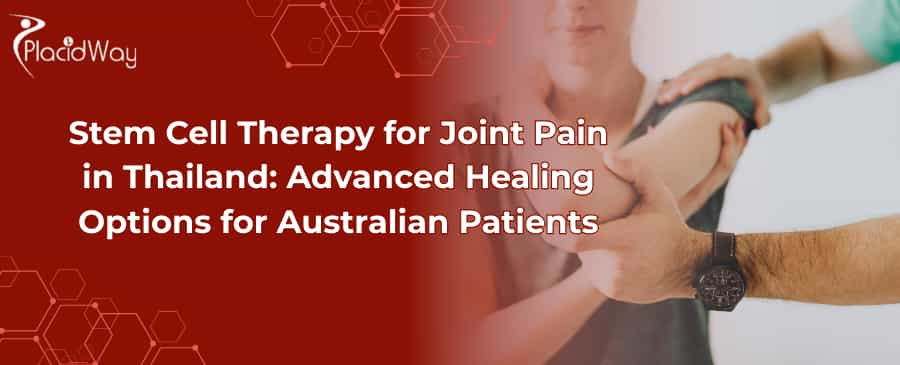
For Australian patients seeking non-surgical solutions for chronic joint pain, Thailand offers advanced stem cell therapy at a significantly lower cost, combining innovative regenerative medicine with world-class medical facilities.
Chronic joint pain from conditions like osteoarthritis can greatly affect quality of life. While traditional treatments often involve medication, therapy, or surgery, many Australians are now seeking regenerative medicine as a less invasive alternative. Thailand, a global leader in this field, offers advanced stem cell therapy for joint conditions. This guide outlines the procedure, benefits, costs, and how Australian patients can navigate treatment abroad with confidence.
Key Takeaways
-
Australian patients can save 50-70% on stem cell therapy for joint pain in Thailand compared to costs at home.
-
A single treatment for knee osteoarthritis typically costs between $3,000 and $12,000 AUD in Thailand, while a similar procedure in Australia can exceed $25,000 AUD.
-
All-inclusive packages often cover consultations, stem cell collection and processing, the injection procedure, and follow-up care.
-
Thailand's clinics utilize a range of stem cell sources, including adipose-derived stem cells and umbilical cord mesenchymal stem cells (UC-MSCs), which are known for their high potency.
Understanding Stem Cell Therapy for Joint Pain
Stem cell therapy is a cutting-edge regenerative treatment that uses the body's own healing potential to repair damaged joint tissues and reduce inflammation.
Stem cells are unique in their ability to develop into various types of cells, such as cartilage, bone, and connective tissue. When injected into an arthritic or injured joint, they act as a potent healing agent. Instead of simply masking pain, the therapy aims to address the root cause of joint deterioration. The key mechanisms of action include:
-
Tissue Regeneration: Stem cells can differentiate into cartilage cells, helping to rebuild worn-out joint cartilage and improve cushioning.
-
Inflammation Reduction: They release powerful anti-inflammatory molecules that calm the immune response, reducing pain and swelling in the joint.
-
Pain Relief and Mobility: By repairing tissue and decreasing inflammation, the therapy can restore smoother joint movement, leading to significant pain relief and improved function.
This minimally invasive procedure is often seen as a promising alternative to joint replacement surgery, especially for patients with early to moderate joint degeneration.
Did You Know? Thailand's Ministry of Public Health actively regulates stem cell therapies, ensuring that clinics and treatments adhere to strict safety and quality standards, making it a reliable destination for regenerative medicine.
The Stem Cell Therapy Process in Thailand
The treatment process is typically quick and involves a few key steps, from the initial consultation to the final injection, often completed within a single trip.
For Australian patients, the journey for stem cell therapy in Thailand is designed to be efficient. The process generally involves:
1. Initial Consultation: This can often be done remotely via video call. The doctor will review your medical history, including any X-rays or MRI scans, to determine if you are a suitable candidate. This is a crucial step to personalize your treatment plan.
2. Cell Collection and Preparation: - Autologous Therapy: The most common approach involves using the patient's own stem cells. These are harvested from either adipose (fat) tissue or bone marrow, a minor surgical procedure performed under local anesthesia. - Allogeneic Therapy: Some clinics use stem cells from a donor, often from umbilical cord tissue. These umbilical cord stem cells are known for their high concentration and potency.
3. The Injection: The prepared stem cell solution is injected directly into the affected joint. This procedure is typically performed under sterile conditions and often guided by ultrasound to ensure precise placement.
4. Post-Treatment Care: The entire procedure, from collection to injection, can often be completed in a single day. Patients can usually return to light activities the following day, with most reporting a noticeable reduction in pain and improved mobility within 3-6 months.
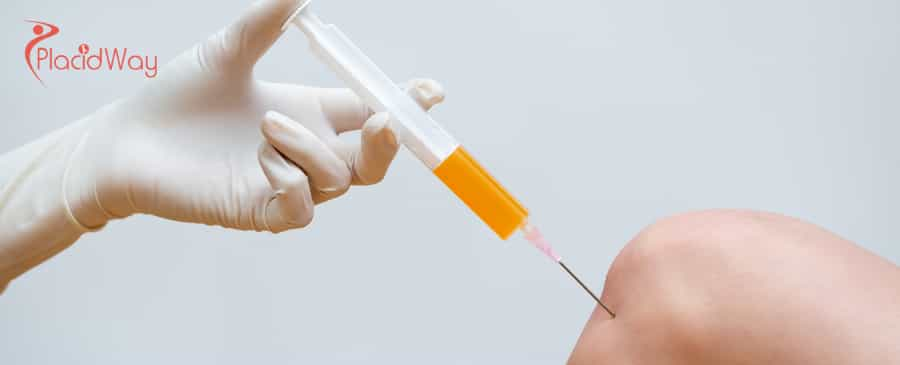
Cost Comparison: Thailand vs. Australia
The cost of regenerative medicine is a primary factor for Australian patients. The savings in Thailand can be substantial, making this innovative treatment accessible.
The high cost of stem cell therapy in Australia is a major barrier for many. The prices of stem cell therapy in Thailand are significantly lower, even when factoring in travel expenses, without compromising on the quality of care or the technology used.
Comparative Cost Table (Approximate costs in AUD)
Note: The cost varies based on the number of stem cells used, the source of the cells, and the complexity of the condition. Many clinics offer comprehensive packages that include consultation, lab fees, and follow-up care.
Success Rates and Expected Outcomes
While not a "cure-all," stem cell therapy for joint pain has shown promising results in clinical studies, with high success rates in reducing pain and improving function.
Choosing a Reputable Clinic in Thailand
To ensure a safe and effective treatment, it is critical to select a licensed and experienced clinic with a focus on patient safety and international standards.
When researching clinics in Thailand, Australian patients should prioritize the following:
-
Accreditation and Licensing: Verify that the clinic is licensed by the Thai Ministry of Public Health and, ideally, has international accreditations like JCI (Joint Commission International).
-
Doctor's Credentials: The specialist should have a strong background in orthopedic or regenerative medicine and extensive experience in administering stem cell treatments.
-
Stem Cell Source and Quality: Inquire about the source of the stem cells, the lab where they are processed, and the quality control measures in place. Reputable clinics will use certified labs to ensure the cells are safe and viable.
-
Transparent Pricing: Look for a clinic that provides a clear, itemized quote with no hidden fees. A comprehensive package should detail what is included, such as lab work, the procedure, and aftercare.
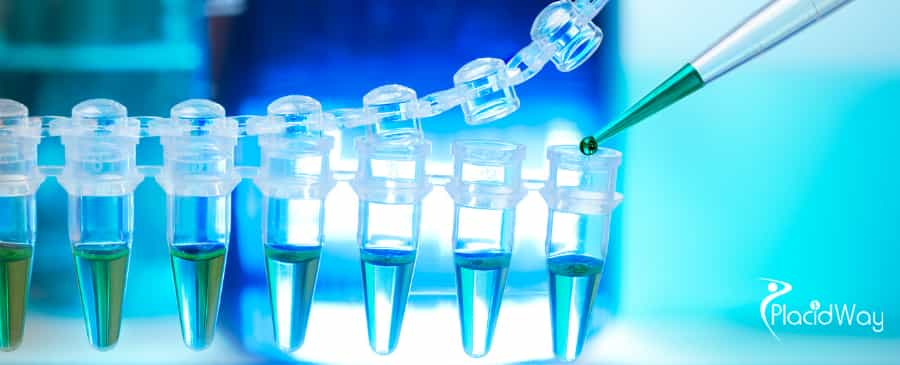
Potential Risks and Safety Considerations
While stem cell therapy is generally considered safe, it is an invasive procedure and carries certain risks that should be discussed with your healthcare provider.
The risks associated with stem cell therapy are minimal, especially with autologous procedures where cells are taken from your own body, which virtually eliminates the risk of immune rejection. Potential risks include:
-
Infection: As with any injection or surgical procedure, there is a small risk of infection at the injection site.
-
Temporary Pain and Swelling: It is common to experience minor swelling, bruising, or pain at the collection and injection sites, which typically subsides within a few days.
-
Unexpected Reactions: Although rare, allergic or other adverse reactions are a possibility.
Choosing a clinic with a sterile environment and a highly skilled medical team is the best way to mitigate these risks and ensure a successful outcome.
Frequently Asked Questions (FAQ)
Is stem cell therapy for joint pain legal in Thailand?
Yes, stem cell therapy is legal and regulated by the Thai Food and Drug Administration (TFDA). Thailand has established a clear regulatory framework to ensure the safety and efficacy of regenerative medicine treatments.
How long do I need to stay in Thailand for the treatment?
Many procedures can be completed in a single day, but a stay of at least 3-5 days is often recommended. This allows for the initial consultation, the procedure itself, and a follow-up check to ensure you are ready for travel.
Are stem cells a "cure" for arthritis?
Stem cell therapy is not a "cure" for arthritis but a regenerative treatment aimed at reducing pain, improving function, and slowing down the progression of joint damage. It is a powerful tool for managing chronic pain and restoring mobility.
How soon can I expect to see results?
Results vary from person to person. While some patients report feeling a reduction in pain within a few weeks, the full regenerative effects typically become noticeable over 3 to 6 months as the cells work to repair and heal the joint tissue.
Will Australian private health insurance cover the cost?
No. At present, most Australian private health insurance policies and Medicare do not cover the cost of stem cell therapy for joint pain, whether performed in Australia or overseas. It is considered an elective procedure, and patients must cover the costs out-of-pocket.
What is the difference between autologous and allogeneic stem cells?
Autologous stem cells are harvested from your own body, usually from fat or bone marrow. Allogeneic stem cells are sourced from a healthy donor, often from umbilical cord tissue. Both have therapeutic potential, but autologous therapy eliminates the risk of immune rejection, while allogeneic cells from umbilical cords can offer a higher concentration of potent, young stem cells.
Ready to find a long-term solution for your joint pain?
PlacidWay connects Australian patients with leading, certified regenerative medicine clinics in Thailand. Our network offers expert care, transparent pricing, and comprehensive support to make your stem cell therapy journey seamless and successful.
Take the first step toward a more active, pain-free life. Request a free consultation and quote today!


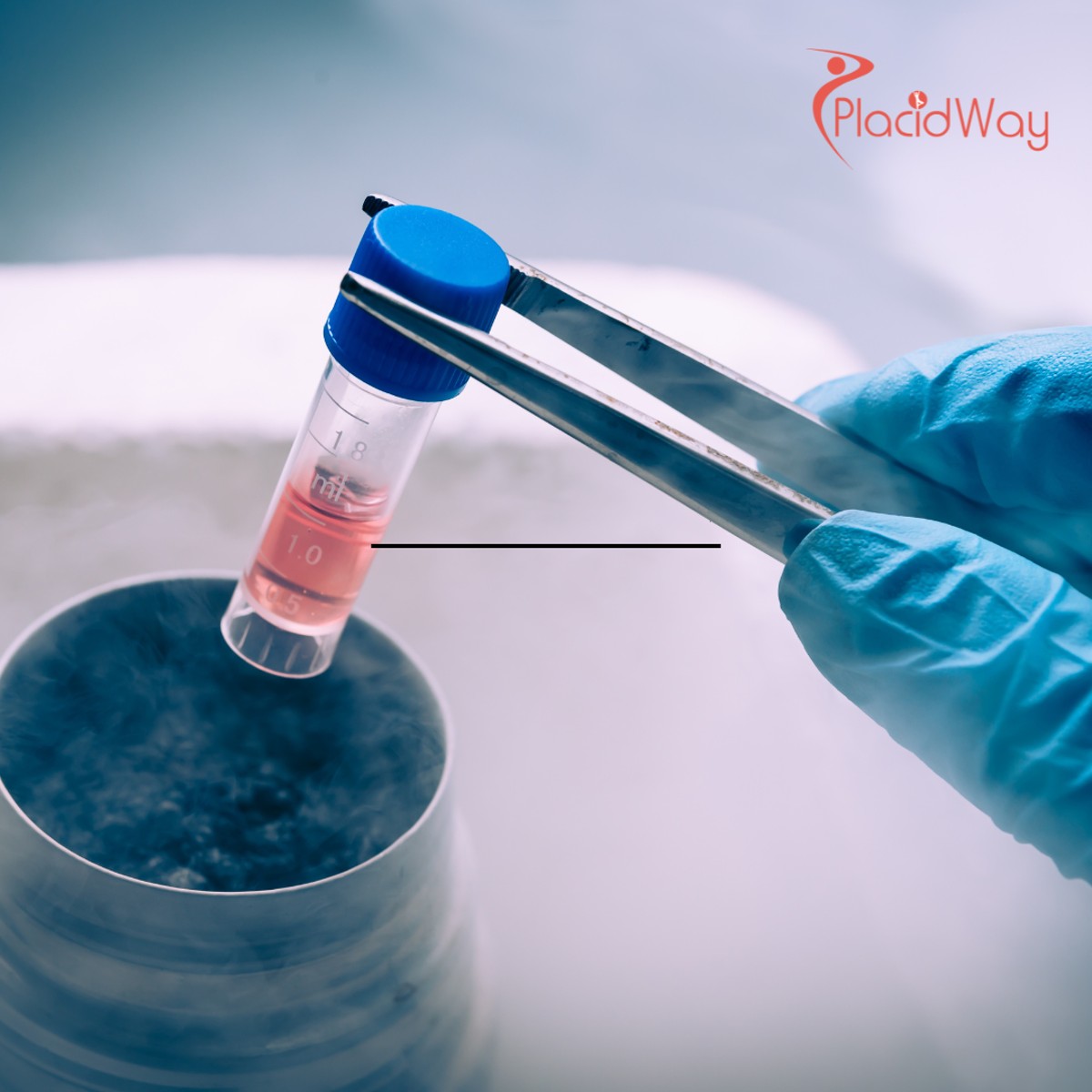


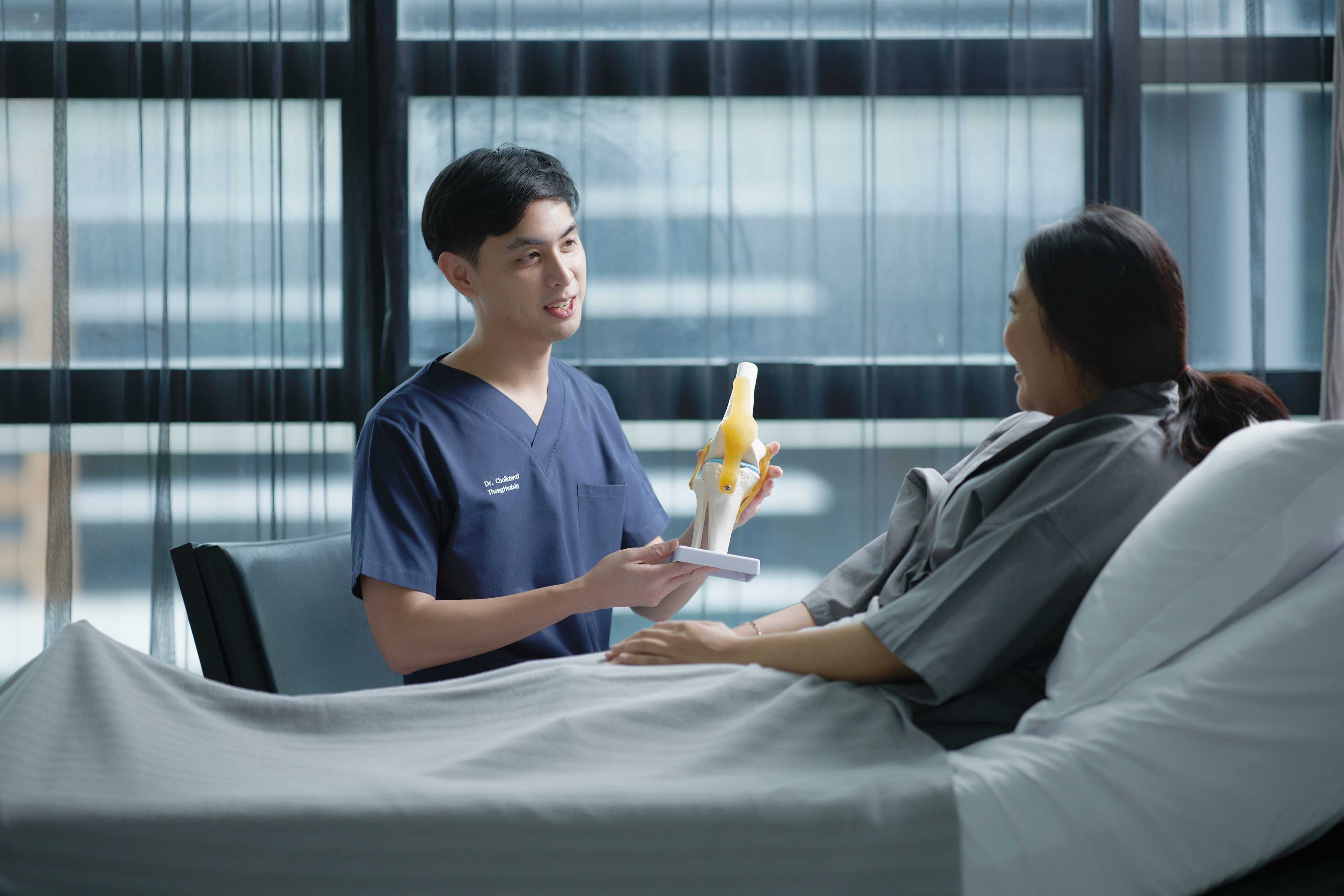
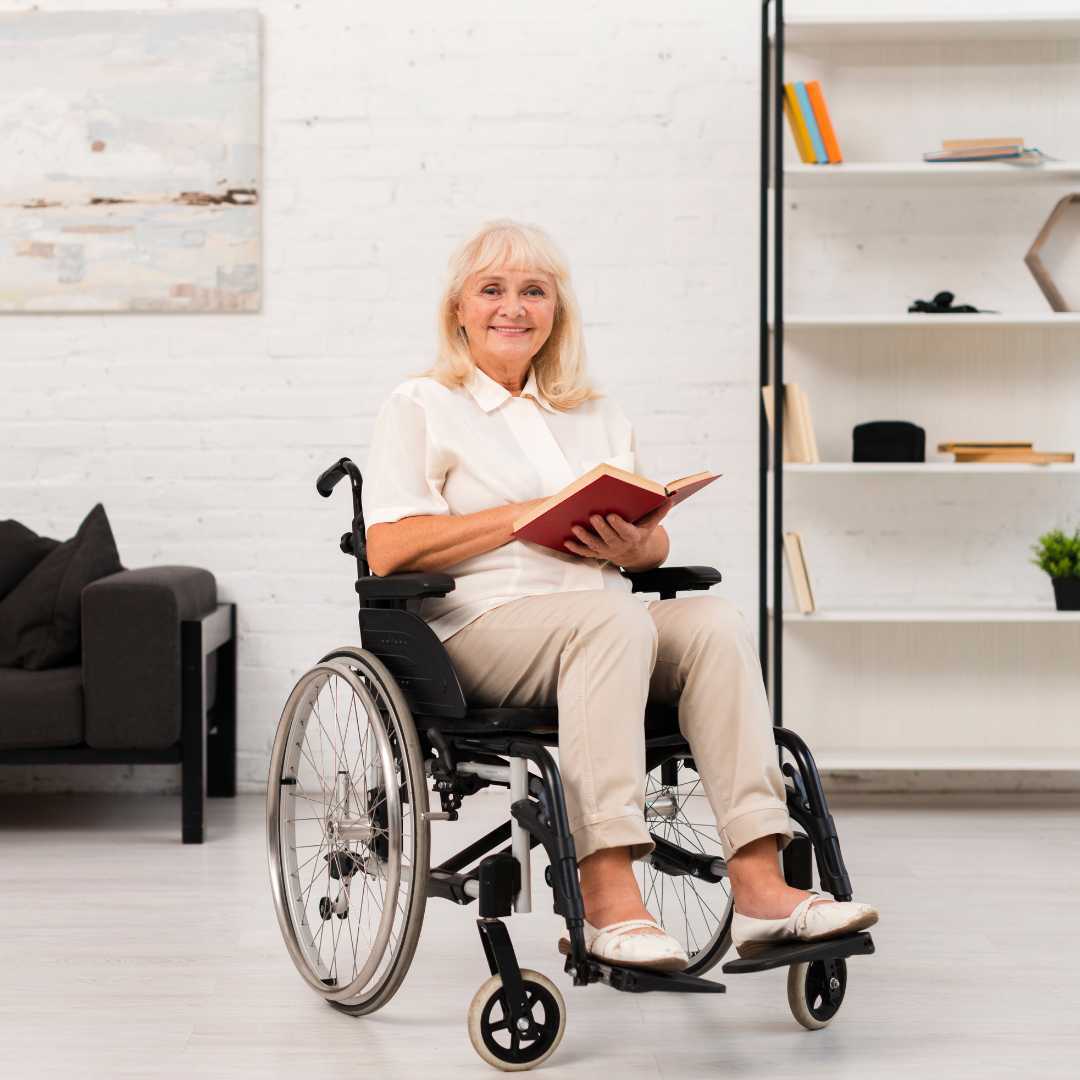


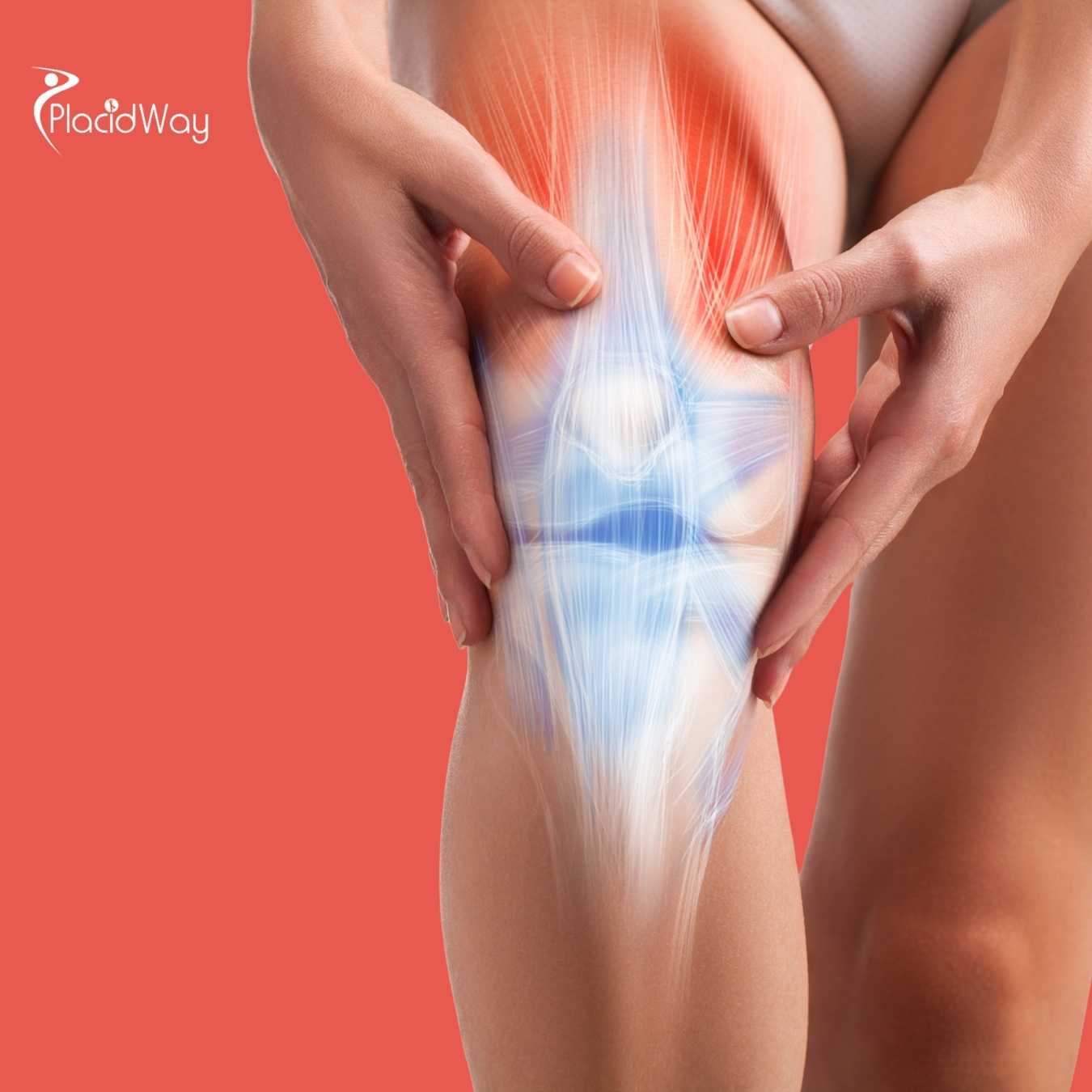
.png)
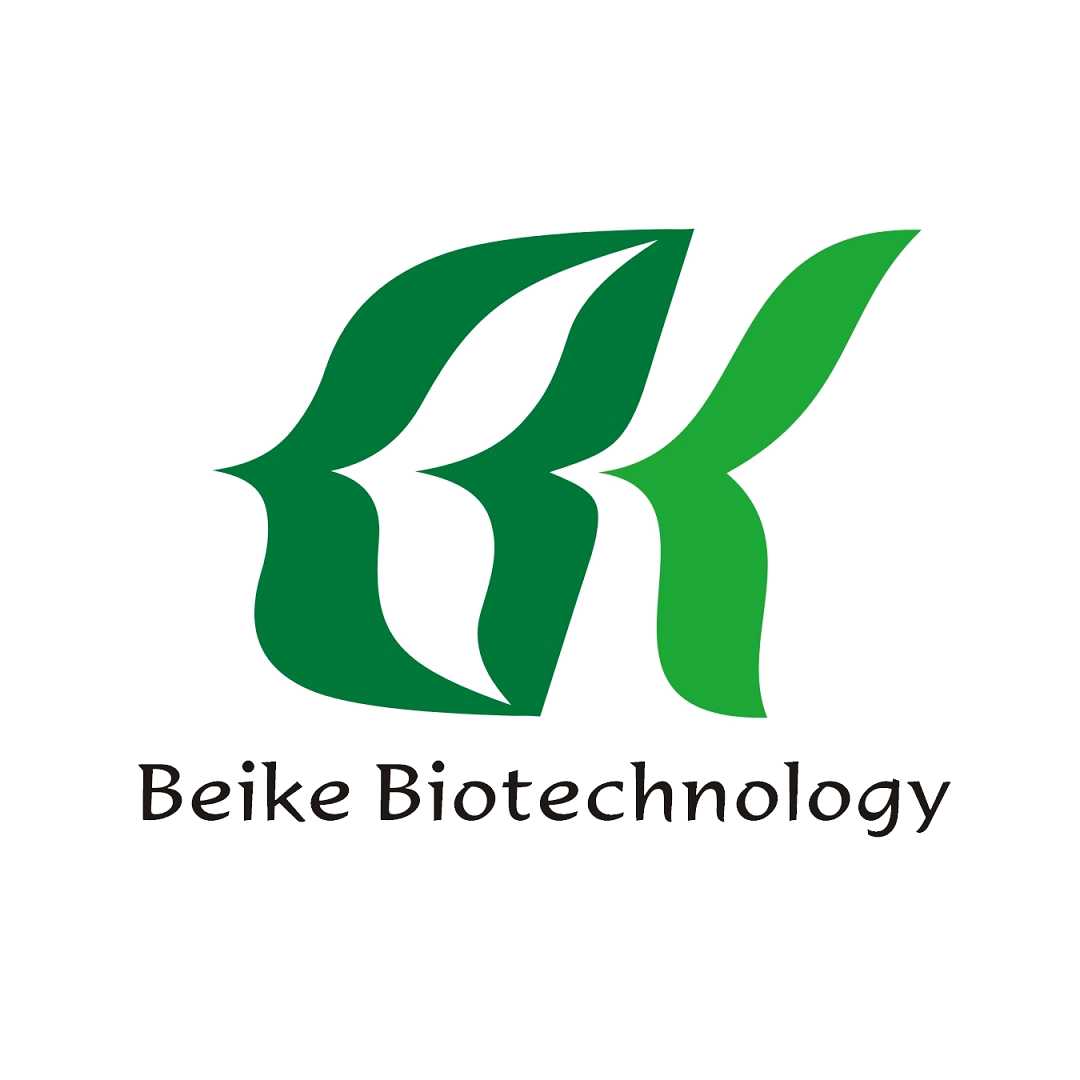

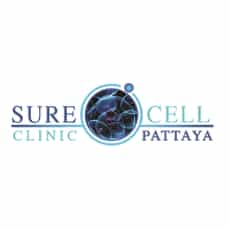

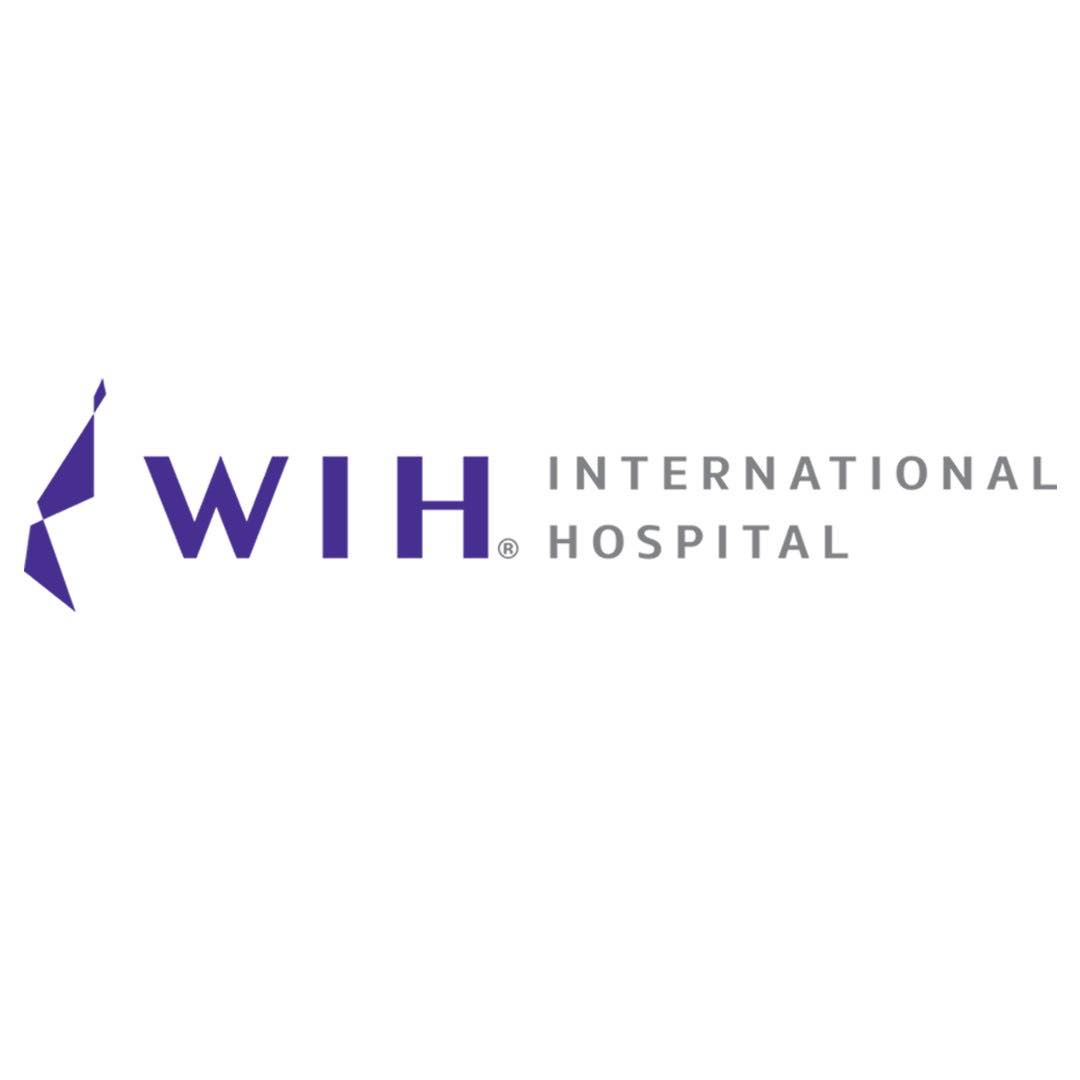

Share this listing